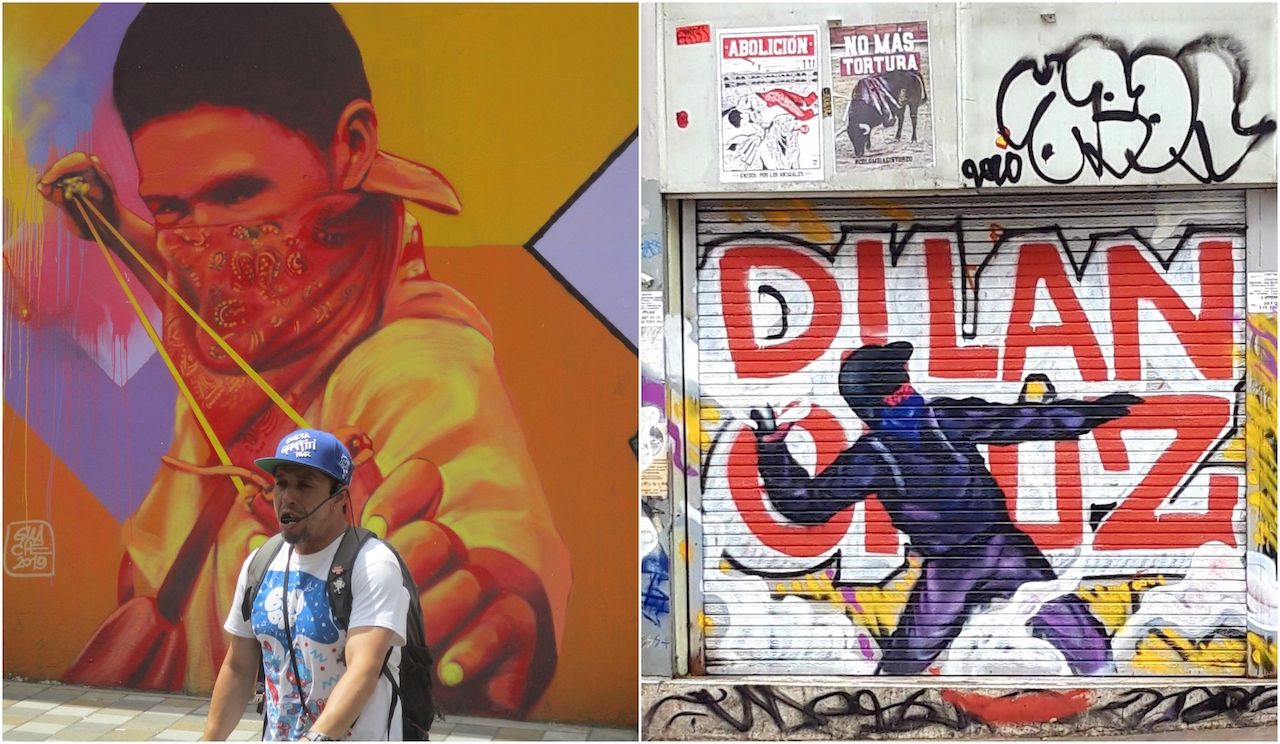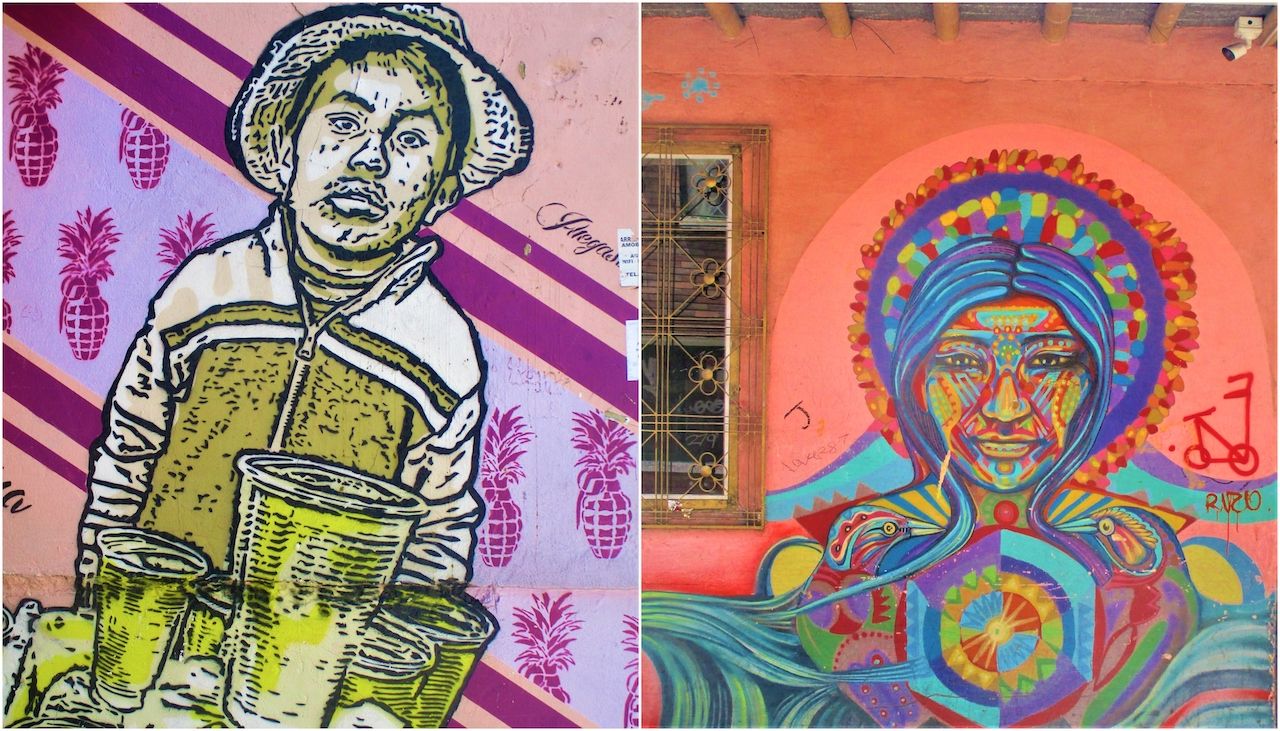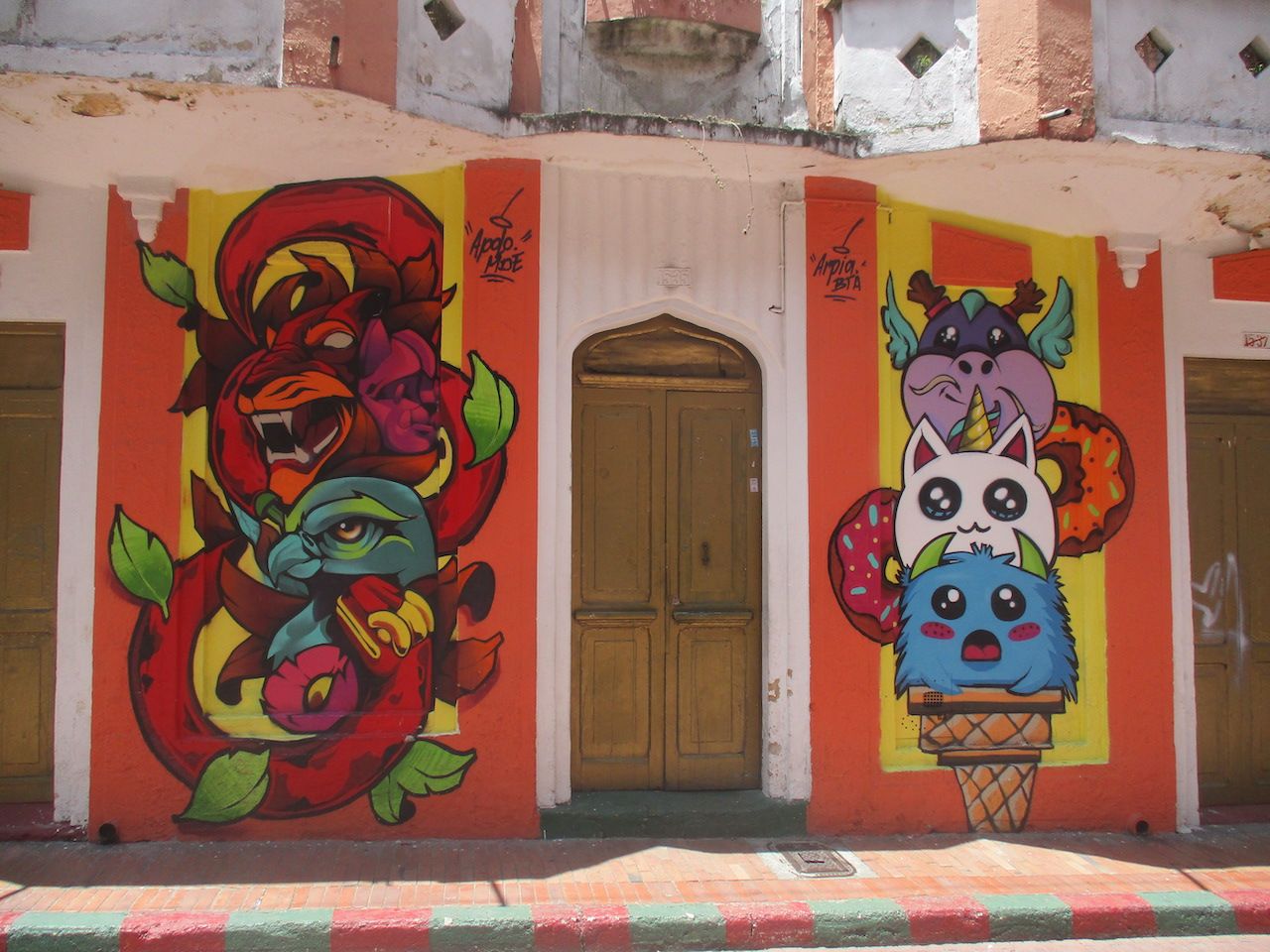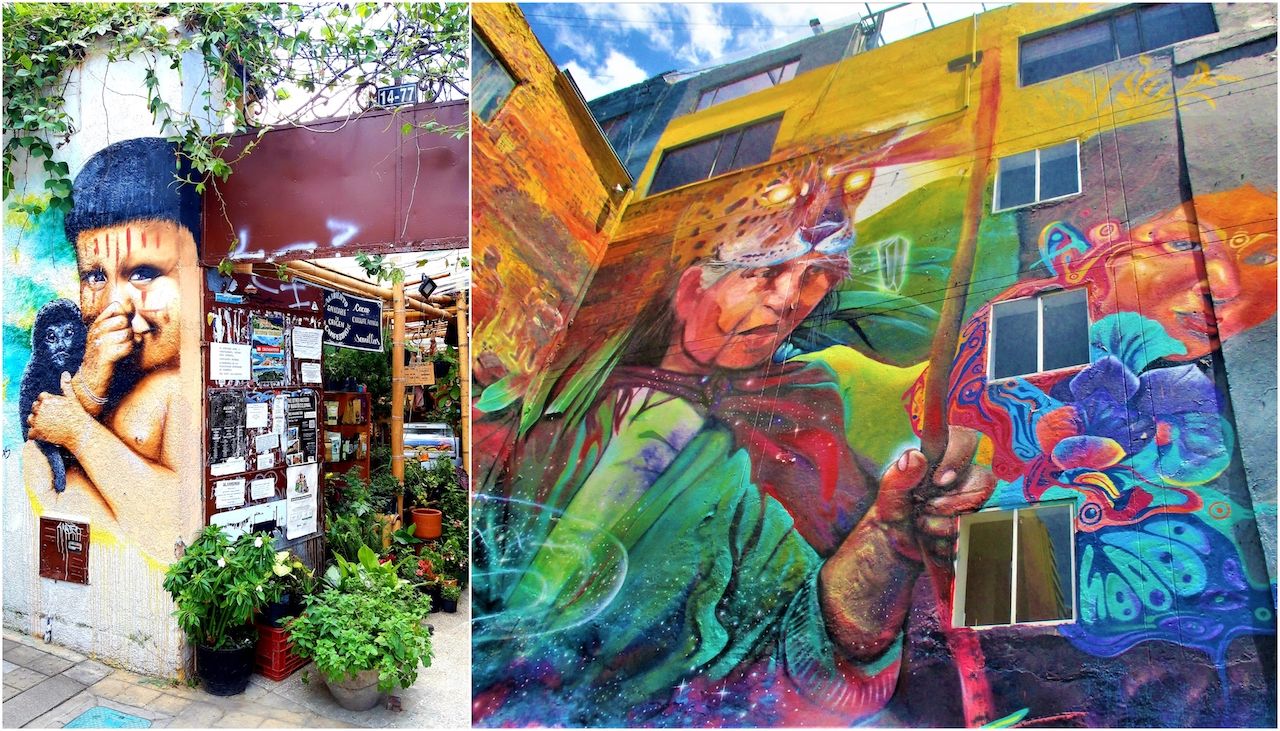Colombia has emerged from its darkest days of gang warfare and violent crime to become a compelling destination for travelers. And Bogotá’s street art scene is one of the major crowd drivers to the nation.
The Colombian civil war began to de-escalate at the beginning of this century and in 2016, a complete ceasefire was announced. Following the ceasefire, tourists flocked to the country which had once been deemed too dangerous to travel in.
Today, one of the capital city’s most captivating aspects for travelers is its colorful, chaotic, and prolific street art. Bogotá’s street art scene flourished in the 90s fuelled by the effect of the civil war along with the activities of Pablo Escobar’s notorious drug cartel. During that time, Colombia became not only a dangerous country, but also one that suffered from widespread poverty. The situation was reflected in the street art which sprung up everywhere. These days, however, in addition to art work representing political struggles, there are also plenty of whimsical and entertaining creations on the streets of Bogotá.




